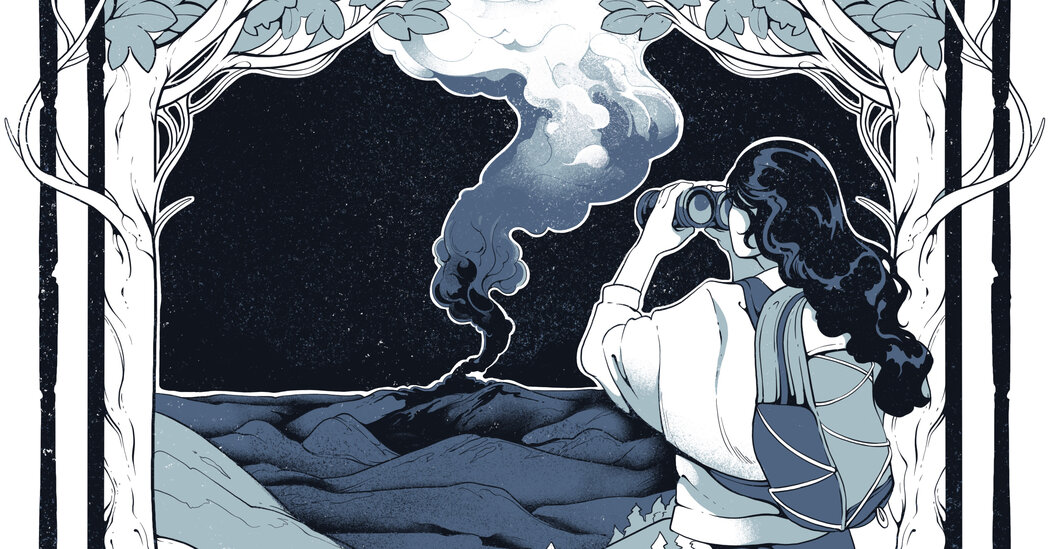Climate change is warming up the spring, lengthening the summer, and drying out soil and vegetation, leading to more frequent, destructive wildfires. This year alone, wildfires have left at least 98 dead on Maui, forced mass evacuations from several Greek islands, and raged across Canada, forcing an entire city to evacuate and fouling the air across North America. If you’re traveling in this environment — especially if you’re planning a trip to the outdoors — how can you stay safe? Here’s how to prepare yourself, and what to do in case of an emergency.
Realize that every season is now fire season
In years past, travelers could plan around “fire season,” steering clear of the hottest, driest times of year. But — as evidenced by the Marshall Fire, which ignited Dec. 30, 2021, then burned more than 1,000 homes near Denver — when it comes to fire, season doesn’t really matter anymore.
What matters is weather. Heat, drought, low humidity and wind can signal fire danger, so the National Weather Service checks for these conditions year-round and issues red-flag warnings for places that are at high risk.
No matter the season, watch for those warnings. Lori Moore-Merrell, the United States fire administrator, whose agency supports and strengthens fire and emergency medical services, also recommends chatting with a local authority — for instance, a park ranger or a firefighter — “to kind of just say, ‘What’s going on today? What are you hearing? What are the conditions?’” That will help you gauge the risk level, and know what to monitor.
Check out the National Interagency Fire Center’s National Incident Map, FireWeatherAvalanche.org and CalTopo.com for real-time fire maps. You may also want to follow the social media accounts of the cities, counties and parks you’ll be visiting, as these accounts often deliver real-time information.
Prep your phone
Your device could save your life in a wildfire, but not if its battery is dead. Ensure yours works when you need it by bringing a charger that doesn’t need a wall or a car socket, such as one powered by the sun.
Both FEMA and the American Red Cross have free apps that you can customize to receive location-specific alerts. On the Red Cross app, there’s also an option to enable critical notifications to sound, even when the phone is on silent or in Do Not Disturb mode.
Candice Stevenson, a fire communication and education specialist for the National Park Service, advises signing up for…
Click Here to Read the Full Original Article at NYT > Travel…
